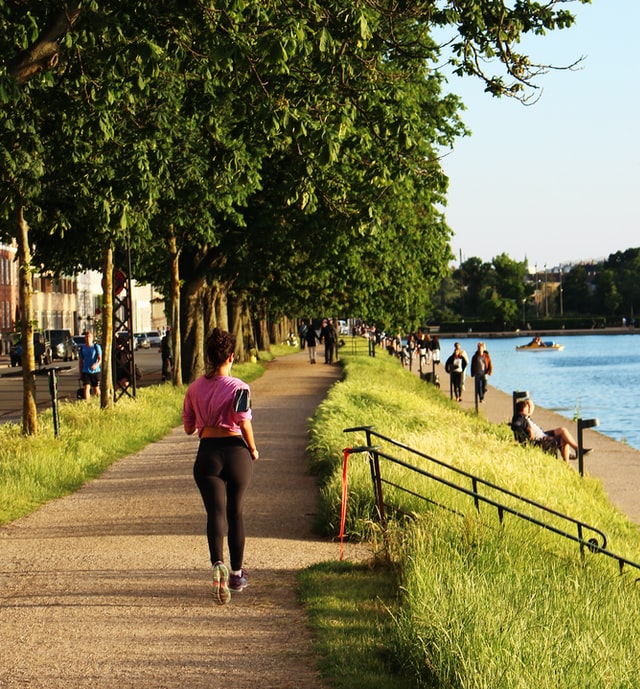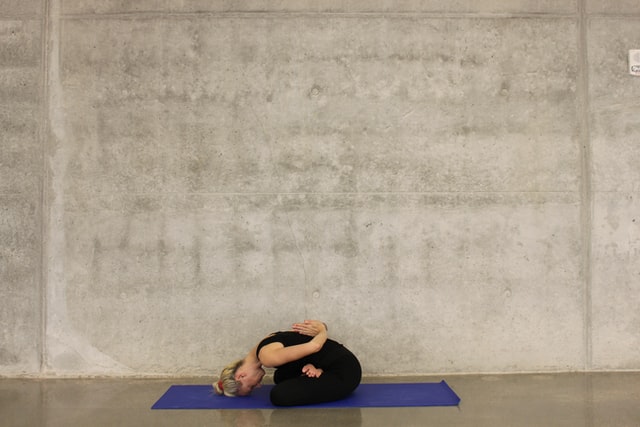Sleep is one of life’s great pleasures. Especially when we are tired and we know that we have a few hours of restful sleep ahead of us.
If you don’t already know Fitenium is a free, mobile, video-based social network for athletes who train strength or bodyweight exercises. At Fitenium users can follow their performance, compete and get discounts in nutrition and sports equipment stores. Download it here.
But sometimes, even if we want to, rest escapes us: we can’t sleep, or even if we do sleep, we wake up as tired as when we fell asleep.
It is estimated that a third of Spaniards have sleep disorders, and most people do not go to professionals to get help to rest better. These are some of the most common sleep disorders.
1. Insomnia
Insomnia is one of the most common sleep disorders. You find it difficult to sleep and you wake up early despite being tired and sleepy.
Episodes of insomnia come and go throughout life and can last for days, months, or even years. In these cases, it is called chronic insomnia.

Published on Unplash by Steven Lasry
Causes of insomnia
Insomnia can be due to many causes. One of the main ones is the bad sleep habits we learned as children. These bad habits include going to bed at different times each night, taking naps during the day, sleeping with too much light or noise, a bad sleeping environment, spending a lot of time in bed while you wake up, not getting enough exercise, watching too much television, computer or mobile in bed before going to bed.
Some drugs and substances like caffeine, alcohol, tobacco, and some diet drugs can also cause insomnia. As you get used to sleeping with medication, you may run into the problem of falling asleep on days you don’t have.
Finally, some physical conditions can cause insomnia, from mental illnesses like bipolar disorder, depression or anxiety to pregnancy or sleep apnea.
Treatment
It is important to know that insomnia itself does not pose a health risk. For example, the dream in actions that we carry out during our daily lives such as driving or working with heavy and dangerous elements puts us at greater risk. In most cases, the insomnia is overcome and disappears, and the quality of life is restored as before.

Published on Unplash by Nick Dunlap
To treat insomnia, we try to solve its cause by improving sleep hygiene and solving the disorders that disturb it.
In the short term, medications can be used to help us fall asleep, but making them the final solution can be addictive and make patients dependent on them for sleep. Not recommended.
2. Hypersomnia
Hypersomnia is the opposite of insomnia. Patients with hypersomnia have trouble waking up in the morning and are very sleepy during the day. In that sense, this pathology is similar to narcolepsy, but in the case of hypersomnia, there are no sudden sleep attacks.
Why it happens
The cause of hypersomnia is unknown, but it is usually associated with depression, alcohol or certain drug use, thyroid dysfunction, or other conditions such as obstructive sleep apnea.
Treatment
Doctors may prescribe medications such as amphetamines to offset this excessive sleepiness. Lifestyle changes are also recommended, such as avoiding alcohol and drugs that can cause lethargy and malaise, and avoiding late-night social activities that delay bedtime.
3. Sleep apnea
Sleep apnea or obstructive sleep apnea is a condition in which the patient stops breathing for a few seconds during sleep because the airway is blocked.

Published on Unplash by Brian McMahon
As a result, the body does not receive adequate oxygen during sleep and rest is not completed. As a result, people with apnea can get more sleep than they need, forgetfulness, and other problems.
Why it happens
When we sleep, all the muscles in our body relax. This includes the muscles that keep the throat open for the passage of the air we breathe. In some people, this airway becomes narrowed or partially blocked, so relaxing the throat muscles during sleep can result in a short or completely blocked airway.
Treatment
The first step is to avoid habits that can aggravate apnea, such as alcohol and sleeping pills, as well as reduce excess weight if you have it .
Some devices help prevent obstructed breathing. This is a mask connected to a hose that blows pressurized air into the airways, avoiding obstructions. If nothing works, you may need to undergo surgery to fix the problem, although this is always the last option.
4. Sleepwalking
Sleepwalking is a disorder in which people walk, talk, or do certain activities while they are still asleep.
Nighttime sleep goes through several stages, ranging from mild drowsiness to deep sleep. One of these stages, called REM, causes your eyes to move faster. At this time, we usually have the deepest and most real dream.
Sleepwalking is usually non-REM sleep at midnight and occurs early in the night (called N3 sleep). In fact, sleepwalking is more common in childhood than in older adults due to loss of N3 sleep as they age.
Why it happens
Sleepwalking appears to have a hereditary component. In addition, there are factors such as stress, anxiety and fatigue that act as triggers for sleepwalking episodes.
In adults, alcohol and drugs, some mental disorders, especially conditions that cause seizures, can also trigger sleepwalking. In the elderly, sleepwalking may be a symptom of a neurodegenerative disorder.
treatment
Most people do not need treatment for sleepwalking, but short-acting tranquilizers are used to reduce episodes.
Some people believe sleepwalkers should not be woken, even though there is actually no health risk. The idea that a sleepwalker cannot be interrupted during an episode is also common, although it is also not true.
In fact, it’s a good idea to take safety measures, such as clearing the path of tripping objects and keeping dangerous objects and access out of the reach of sleepwalkers (stairs, balconies).
5. night terrors
Night terrors are sleep disorders in which people who have them wake up suddenly with fear. They differ from nightmares in that they do not occur in REM sleep, technically they are not dreams, but rather a state of fear upon awakening between one sleep phase and another.
Why it happens
Night fear is most common between the ages of 3 and 7 and much less thereafter. Stress or conflict, fever or lack of sleep are considered triggers.
It is much less common in adults, but it can occur in adults due to emotional stress or alcohol use.
treatment
Children with night terrors usually just need attention. It may often be necessary to treat the root cause with psychotherapy if they are very frequent or long lasting.





